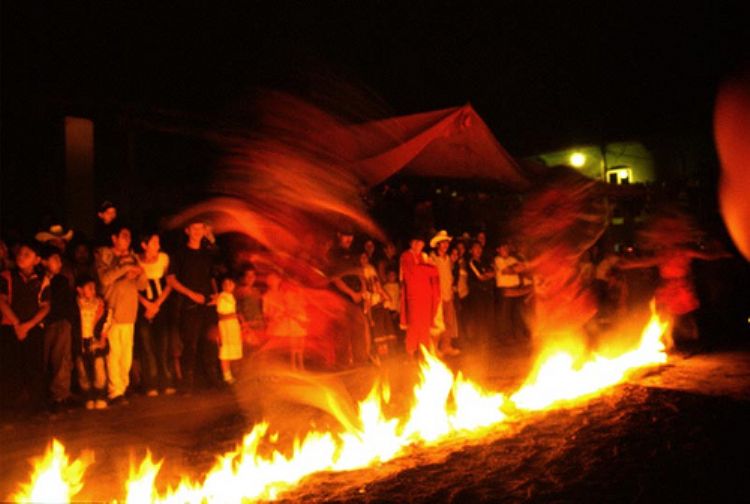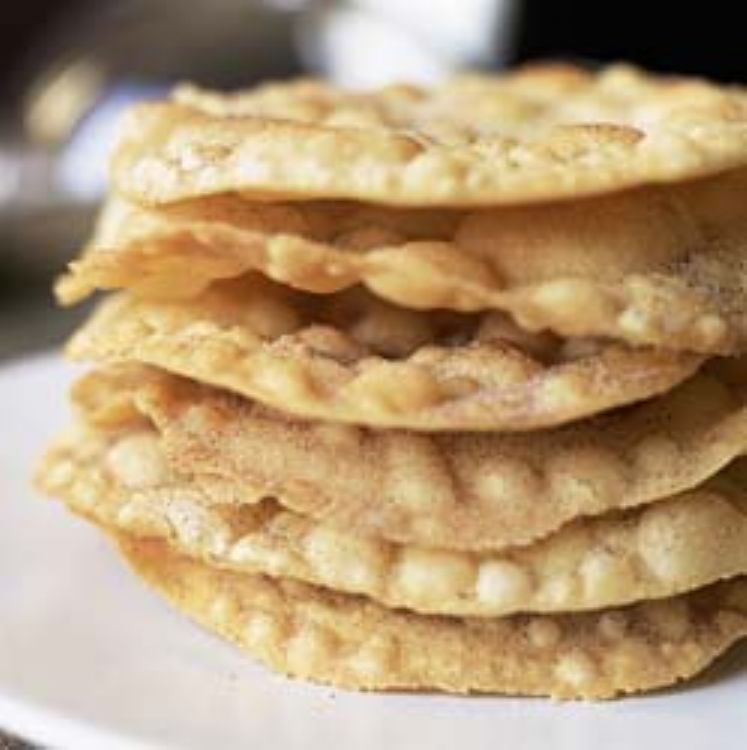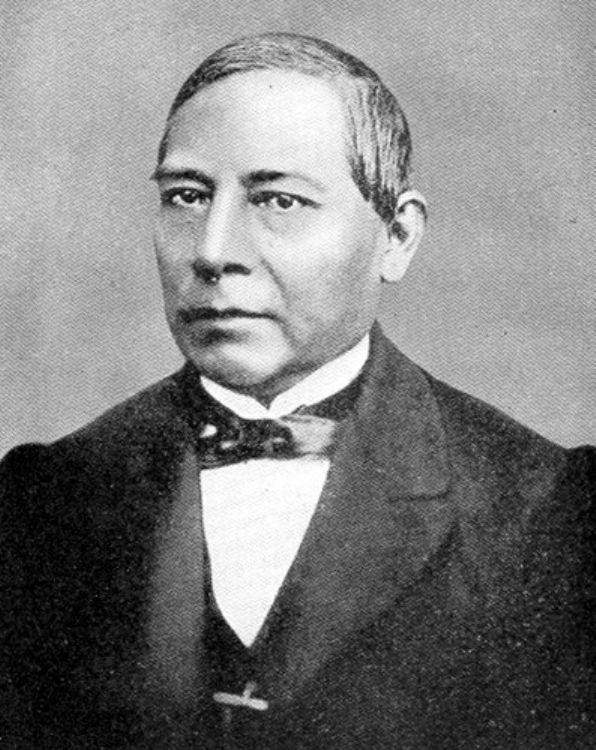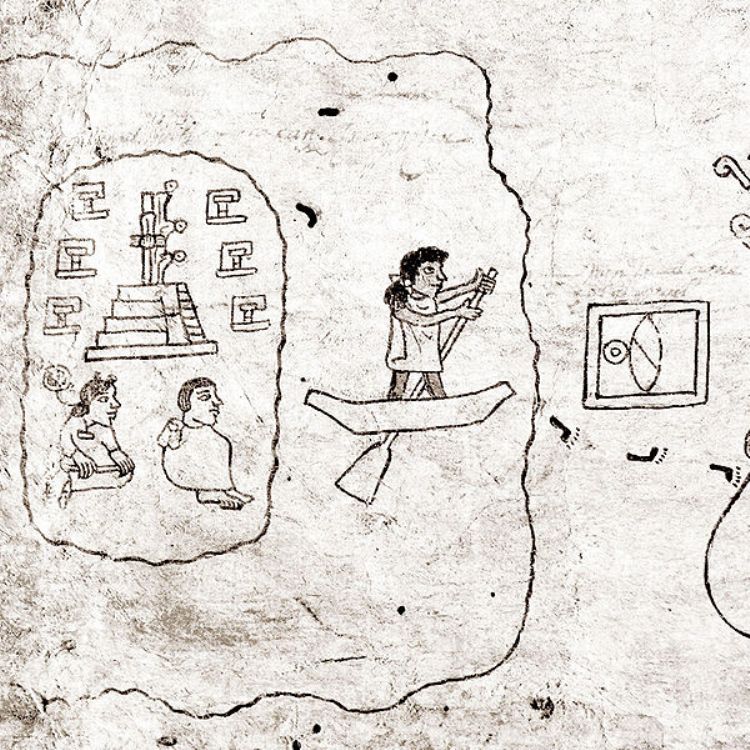
In the prehispanic world, the concept of death played a f...

Hidalgo is one of the states within the Mexican republic where traditions from native ancestors are kept alive and active, and the result of this cultural richness, always present in every aspect of the life of the community, represents a motive of local pride.
And of course, getting to know and enjoy the local cuisine can in fact turn into an unforgettable experiences as, apart from the typical Mexican, it also offers exquisite and even exotic pre-Spaniard platters which include the Mixtotes, chili meat wrapped with the maguey peel; the Chinicuiles or red worms from the maguey; white worms fried in butter or in Tacos; eggs of red ant; and the Zacahuil, a giant tamale with pork or turkey wrapped with plantain leaves. It also has a wide variety of snacks and desserts to choose from, such as the Pastes, potato and flour pastries, and the typical milk candy, nuts with brown sugar, crystallized fruit, and a caramel-covered candy known as muegano. Just as the variety of ingredients is surprising, so is the diverse forms of preparing the dishes, such as the ancient earth ovens used for platters like the chilisquirrel, the barbecue lamb and the rabbit mole.
The state also offers a wide variety of artisan products, made mostly by the Nith community in the shape of lovely wooden craftwork; giant reed objects coming from Cruz Blanca; and fine artisan creations made of istle, wool and wood in the valley of Mezquital.
The numerous rural localities found around the state in between the large cities still practice some of the indigenous celebrations of pre-Hispanic times, one of which is called the Moxoleua , which means something like the "Coming Out of the Fancy Dress Parade", a great festivity which takes place on December in the town Tecolitla, and consists of the participants getting rid of their costumes and all evil that got attached to them during the celebration of All Saints Day the month before; and so the dancers, following catchy rhythms and sounds, uncover their faces as a symbol of their freedom from evil, all this in the presence of a large crowd that has been eating and drinking all day as they celebrate the gift of purification.
As the Lent period approaches, a time of penitence and reflection, hundreds of Mexican communities immerse into their own particular carnivals, one of them in the locality of Calnali where, during the three days prior to the Easter catholic holly days, the streets are filled with color, dance and folklore in a celebration that includes costume contests and dancing to the rhythm of traditional characters like the Matlachines, el Viejito, el Comanche and the Chango.

In the prehispanic world, the concept of death played a f...

The Popular Revolutionary Army (EPR for its initials in S...

Traditionally, the Comisión Federal de electricida...

Mexican syndicalism originated during the first decades o...

Mexican cuisine, rich in its variety and ingredients, shi...

